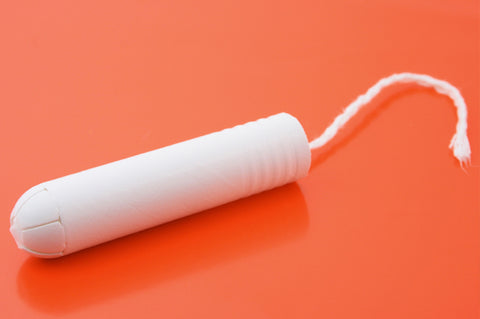About Tampons

One of the most popular tool that is used by the females in the developed countries to control their menstrual flow is tampons. A tampon is designed in a cylindrical shape for ease of insertion into the vagina and is usually made from a combination of:
- Cotton
- Rayon
There are several categories of tampons that the women can select from depending on their flow. The tampons which are highly absorbent are developed to absorb up to twenty grams of liquid. Tampons can also be classified according to their applicator features which may vary from one company or brand to another. While some tampons do not require the use of an applicator, others feature an applicator that may be:
- Made from plastic or cardboard
- Collapsible – a feature that allows them to be carried around easily
Women prefer tampons over traditional pads as they are more comfortable. Also they result in almost no or minimal odors. This is because the menstrual fluid remains protected from air and gets absorbed directly into the tampon. Rather than wearing thicker traditional pads, which often result in a noticeable bulge, the women and young girls like to wear tampons that are practically invisible. Contrary to the rumors, tampons are safe products that do not tear the hymen, if inserted using the correct technique. Also they do not get lost in the body to enter the uterus, as the very small opening of the cervix prevents that from happening. However, there are certain risk factors that are associated with the use of the tampons which include; Toxic Shock Syndrome (TSS) – a fatal infection with symptoms includes:
- High fever
- Nausea
- Fainting
- Headache
- Sunburn resembling rash etc.
TSS almost always occurs when the tampon is not changed after a few hours.
